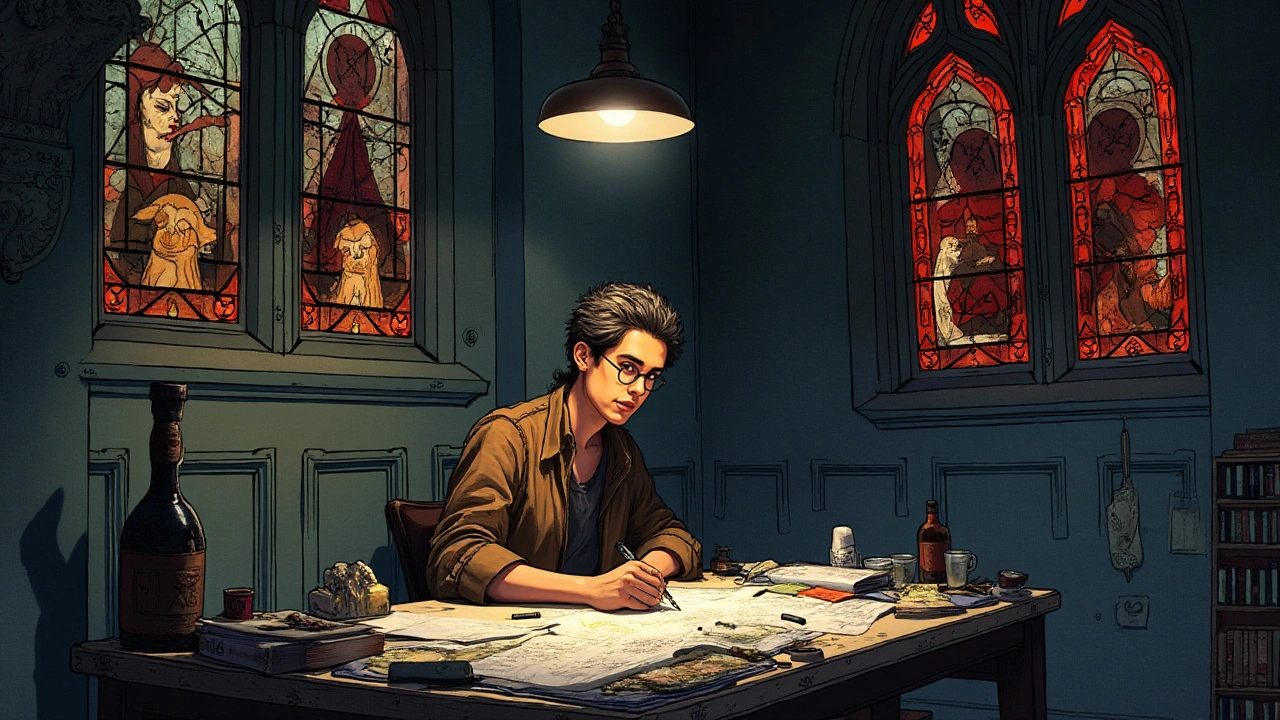Art styles: how to spot them, try them, and make them yours
Here’s a blunt truth: an art style isn’t just a look—it's a way of seeing. Want realistic detail, bold shapes, messy emotion, or public drama? Each style gives you tools and a handful of rules to break. Below you’ll get quick, useful ways to recognize major styles and practical tips to try them at home or in your sketchbook.
Popular styles to explore
Photorealism focuses on extreme detail and accurate light. If you love photos and want to push painting into near-photography, study edges, tiny reflections, and how skin or metal catches light. Read about techniques and top photorealists for step-by-step practice.
Abstract Expressionism trades neat forms for raw emotion. Think loose brushwork, big gestures, and color as feeling. Start by moving fast on a large surface—don’t overthink shapes; let emotion guide mark-making.
Bauhaus and De Stijl are about simplicity and function. They use clean lines, grids, and geometry. Try reducing a room or a poster to three shapes and two colors; the results teach restraint and balance fast.
Fluxus and Installation Art turn everyday things into experiences. These styles make viewers part of the work. Begin small: rearrange objects in a room to tell a story or create a performance piece with a simple instruction for friends.
Land Art and Futurism push scale and context. Land Art uses nature as canvas; Futurism mixes movement and tech. For Land Art, try temporary sculptures outdoors. For Futurism, sketch how motion or light could shape a city corner.
How to pick a style and get better
Start with what hooks you visually. If you stop and stare at bold shapes, try Bauhaus or De Stijl. If detail makes you hold your breath, photorealism is a fit. Pick one style for a month—limit your tools (two brushes, three colors) to force creative decisions.
Copy a master piece, but don’t stop there—alter one element. Change scale, color, or material. That move teaches the style’s rules and how to bend them for your voice.
Mixing styles works. Take the color energy of Expressionism and the clean layout of Bauhaus to make posters that pop. Keep experiments short: one small study per week builds skill without burnout.
Show work to real people early. Ask what they feel, not what they think about technique. Their answers reveal whether your style communicates the way you want.
Finally, read short articles on movements you like—history helps you understand why a style exists and how it evolved. Then sketch, mess up, repeat. That’s how style becomes yours.


